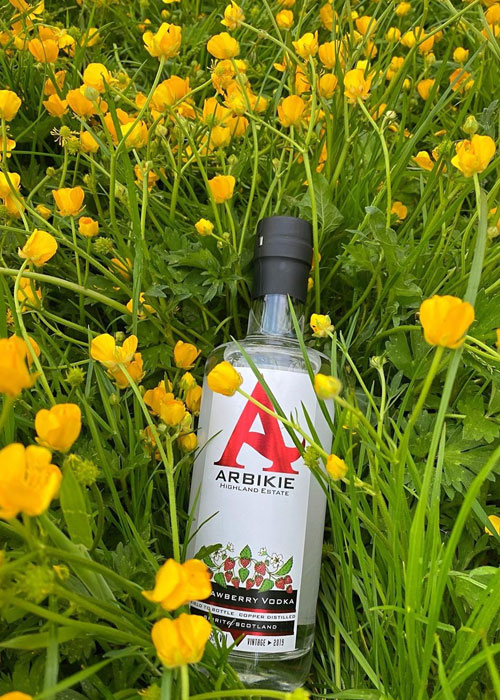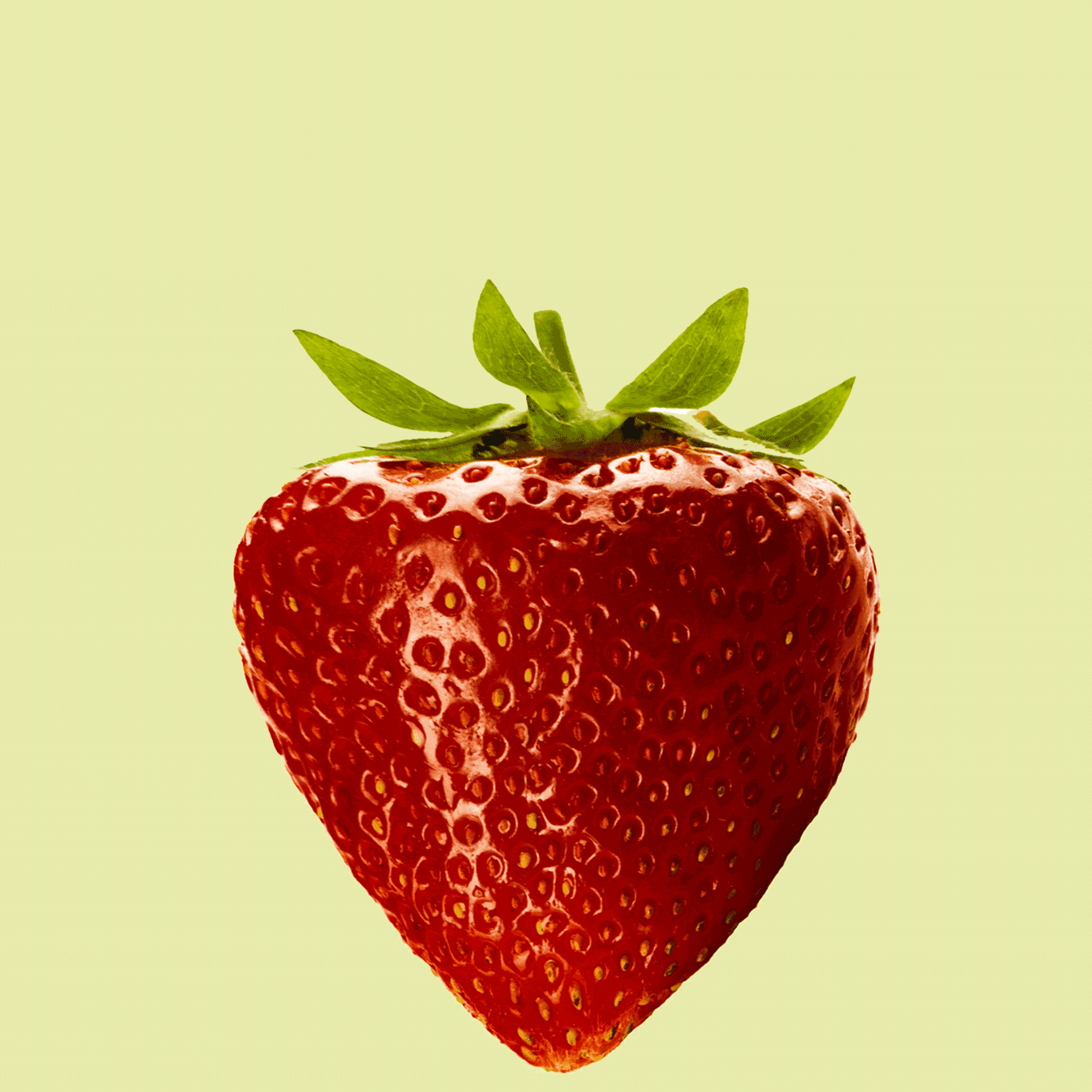“What do you think it is?” Mike Vacheresse asked me.
I was bellied-up at Travel Bar, for my money the best place to drink interesting whiskey in all of Brooklyn. On this particular Saturday evening, Vacheresse, Travel Bar’s owner, had already poured me special bottlings of Laphroaig and Ardbeg, obscure single malts from India, and, of course, some allocated bourbons.
But what I now held in my hand was completely different.
It was a white spirit, unlike all the aged, deep brown distillates we had been drinking. It was extremely fruity on the nose, sweet almost, but with some underlying earthiness. The palate was punchy, while maintaining an incredible berry flavor, making me think it was maybe some well-regarded eau de vie from Rochelt or something.
Before he poured it, Vacheresse told me it was secretly one of the best things in his bar and after tasting it, it was hard to not agree. I loved it, but I couldn’t figure out what exactly it was.
“It’s a strawberry vodka,” Vacheresse finally, and proudly, told me.
And my mind was blown.
360 Degrees
What if I told you there was a Scottish distillery that makes one of the best-tasting, most cult-ish spirits in the entire drinks world at the moment — but it’s not a Scotch? Even more shocking is that Arbikie Highland Estate’s Strawberry Vodka has become a sensation among the types of connoisseurs who typically wouldn’t be caught dead drinking such a thing.
Like Vacheresse, who has occasionally deployed it in cocktails over the last couple of years, with one notably called What’s Love Got To Do With It?, a Negroni variant he made in honor of Tina Turner’s 80th birthday in 2019.
“But mostly I turn people onto it, ’cause it’s delicious and a kind of mind f*ck,” he explains.
Set on the east coast of Scotland between Aberdeen and Dundee, sits the Arbikie Highland Estate, a 2,000-acre plot of land that has been farmed since at least the 12th century. It’s a unique location, with something of a microclimate as it’s surrounded by the Angus Hills to the west and the North Sea about a mile and a half to the east. The soil is red sandstone and the area is surprisingly sunny for Scotland, with over 1,500 hours of sunlight per year.
Yet it’s seemingly an atypical spot for whisky production, with the closest single malt producer in nearby Brechin (Glencadam), and places like Dalwhinnie about 90 miles further inland. It’s more typical to find local fisherman plucking langoustines and lobsters from the deep, cold North Sea, or producing Arbroath smokies, smoked haddock that have become an area delicacy.
David Stirling’s family has been farming at Arbikie since the mid-17th century, mostly grains like barley, wheat, and rye, along with potatoes. By the early 2010s, he and his brothers were looking to diversify the farm’s sources of revenue.
“Living in America at the time, I kinda saw the disruption of craft beer,” says Stirling, who turned his back on the life of a farm boy and moved to the States in the late-aughts. Along with his brothers John and Iain, David helped open Highlands NYC, a (yes) Scotch bar, and he was also conducting America-to-Scotland tours — you know, golf, castles, Scotch, the whole shebang. Eventually, Arbikie began calling the brothers back home. “I said, ‘Let’s do this for ourselves. Let’s build a distillery on the farm.”
When the brothers discovered there actually had been a distillery on the farm back in 1794 (according to an old map), it further galvanized their ambition. As did the fact that the farm on this unusually fertile land was already growing so many natural ingredients that could easily be distilled.
The land would lead to Arbikie’s first release in late 2014: Tattie Bogle potato vodka. It’s produced from three different potato varieties — Maris Piper, King Edward, and Cultra — making it much more flavorful and earthy with a creamier mouthfeel than a typical vodka made from GMO grains and distilled over and over again until it lacks any character.
“Lots of distilleries are built where there’s water and the land isn’t that great,” says Stirling. “We’re farmers coming at it from 360 degrees. Our whole focus is about our ingredients.”

The Land of Potatoes, Lemongrass, and Strawberries
I’ll be honest, I didn’t even realize strawberries were a thing in Scotland.
But apparently they are and Stirling claims the unique climate surrounding Arbikie actually allows for superior strawberries to be grown. They use an heirloom variety called Lusa, and the growing season goes from March to October; brief cold snaps at night cause the strawberries to concentrate their sugar, making them naturally sweeter than what you might get in an American supermarket. (Stirling compares them to the great Oregon cherries.)
“There’s a huge difference between the flavor profile of these and a typical strawberry,” says Stirling. Around 75 strawberries make it into each 750-milliliter bottle, which is one reason why it’s fairly expensive, at over $50.
Similarly, the vodka base is homegrown too, not just the factory-sourced grain neutral spirit that most craft distilleries use. Arbikie utilizes Zulu wheat, which, even when distilled, contributes aroma and the underlying flavor profile of butterscotch and caramel — notes you simply don’t expect from a vodka. It’s bottled at an unusually high 100 proof, too, something that master distiller Kirsty Black felt was necessary to guarantee that the fruit wouldn’t destabilize.
“This gives it a full aroma, almost like homemade strawberry jam,” says Black, and I can’t deny that. It’s hardly hot despite the proof, but light and almost refreshing, and perfect for the summer.
Black, along with fellow distiller Christian Perez-Solar, took over two years of experimentation to create this unusual spirit. She’s been with Arbikie from the get-go and is not just a distiller but a scientist as well. She has a bachelor’s degree in plant science along with a master’s in brewing and distilling, and a Ph.D. in further farming studies, a five‐year project on producing alcohol from peas and legumes.
“It’s staggering what she’s been able to achieve,” says Stirling. That Ph.D. even led to Arbikie’s unusual pea-based Nàdar gin, supposedly the world’s first climate-positive gin. “The core aspect of our business is uniting plant science, farming, and distilling together,” Stirling adds.
A Foodie Perspective
I probably don’t need to tell you “flavored” vodka is about as disrespected of a category in the spirits world as any.
“I talk to a lot of people and they say, ‘We don’t like flavored vodka,’” claims Stirling. Before tasting it, many believe his Strawberry Vodka to be no different from the artificial, metallic-tasting junk that pervaded America in the late-1990s and early-2000s, your cupcake and marshmallow and Cinnabon-flavored nonsense. So detested are flavored vodkas today that it’s not hard to find listicles declaring the worst flavors ever made.
“RANKED! The Worst Flavored Vodkas,” wrote Mandatory just last year.
“22 Flavored Liquors That Will Make You Angry,” adds Buzzfeed.
Here’s “15 Disgusting Flavored Vodkas Even A College Freshman Would Say No To.”
“This is where I go back to our natural ingredients,” says Stirling. “If you’re growing the right ingredients, it’s a huge factor — it’s overlooked in why a spirit tastes so good.”
Though many distilleries often toss out the “grain to glass” marketing mumbo jumbo, Arbikie literally plants, grows, and harvests everything it uses in its spirits. That includes the potatoes, wheat, and rye for its spirit bases, the jalapeños (which are then smoked in an oloroso sherry cask to make chipotles) for its Chilli Vodka, lemongrass, makrut lime, and even the juniper for its gin, a botanical that is typically foraged, even by many giant producers.
And, of course, there are those brilliant strawberries.
As weather slightly differs from season to season, so, too, does the flavor profile of the fresh berries. Meaning that, unlike those aforementioned cupcake and marshmallow vodkas, Arbikie Strawberry Vodka literally has different vintages, something that is catnip to spirits geeks like Iain McPherson, owner of Panda & Sons, one of Edinburgh’s top cocktail bars. Coincidentally, he worked on a strawberry farm while at university, and he, too, considers Scottish strawberries to be some of the best in the world.
No surprise, Arbikie Strawberry Vodka is now being stocked at the sorts of bars that have long eschewed “flavored” vodkas. Like Angel’s Share, the Japanese-style speakeasy in Manhattan where you’re more likely to order pours of expensive Yamazaki single malt. And the American Bar at the Savoy, famed for its classic cocktails since the late 19th century. Ektoras Binikos, co-founder of Sugar Monk in New York’s Harlem, is a big fan, too.
“It’s really pretty spectacular,” says Binikos, at whose bar you’re more likely to find cocktails made with esoteric mezcal or gin along with housemade amari — not flavored vodka. Yet Binikos finds Arbikie Strawberry Vodka elegant, full of subtleties and finesse, “a hint of grass, stone fruit, and wild strawberries, of course, but without being strawberry jammy.” He likes to serve it chilled with a wild strawberry garnish.
Though many fans also enjoy the Strawberry Vodka as a neat, sipping spirit, it also works well in cocktails, like simple highballs with soda water, lemonades, or even sparkling wines. It works in more advanced cocktails, too, like the Vesper, Martini, and Negroni, with the potent strawberry bouquet always coming through.
It’s likewise because of this that the distillery has become a cult sensation not just among in-the-know drinkers but also among foodies. Arbikie’s lack of GMO crops is one reason why Slow Food Scotland awarded it an Ark of Taste distinction recently. Meanwhile, fine dining restaurants are also catching on to Arbikie’s brilliance, like Levan London, The Restaurant at Amanyara in Turks and Caicos, and Restaurant Andrew Fairlie, the only restaurant in Scotland with two Michelin stars.
“Michelin star chefs can trace everything on the plate back to where it came from, but they can’t typically do that with (what’s in) the glass,” explains Stirling. “I look at it from a foodie perspective — a lot of people are very, very focused on food in the right way. It’s time to start thinking about where your spirits come from, too.”
This story is a part of VP Pro, our free platform and newsletter for drinks industry professionals, covering wine, beer, liquor, and beyond. Sign up for VP Pro now!
